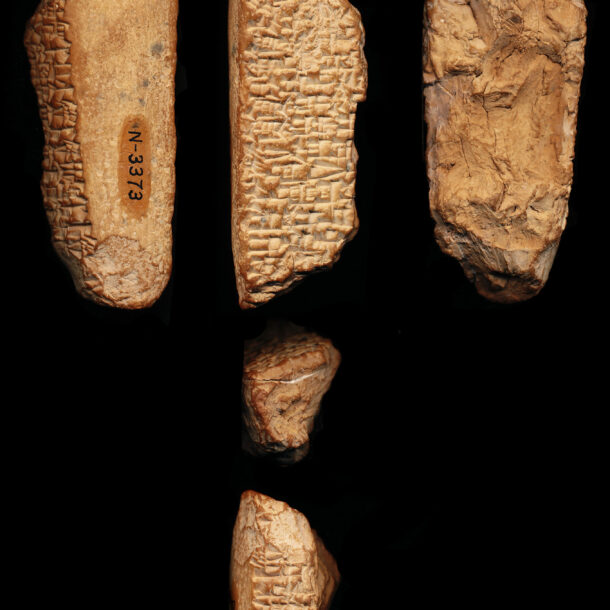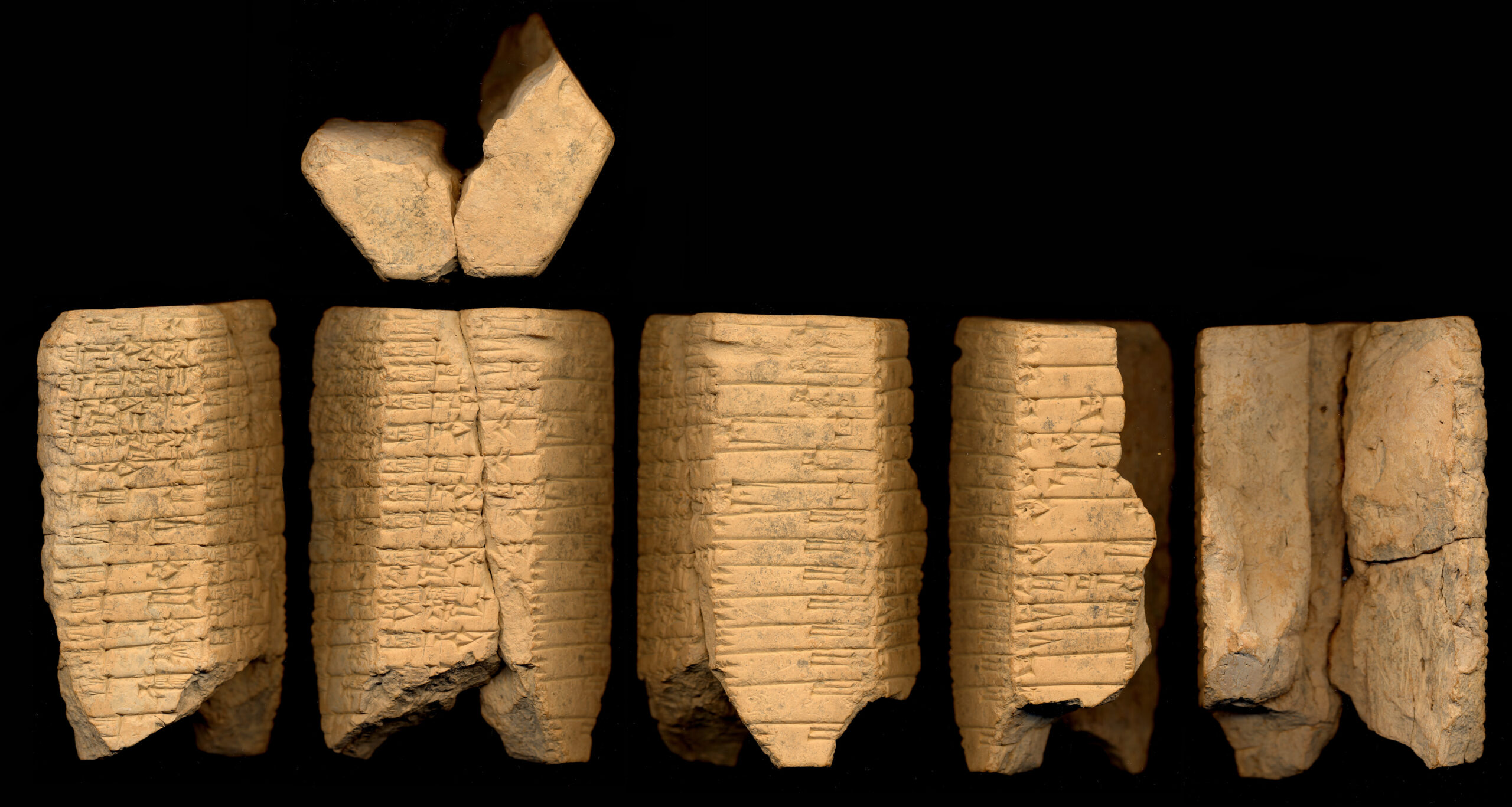Day 32, the Sumero-Akkadian cuneiform challenge. 180 days of the most influential cuneiform tablets in my life. With diarrhoea and ancient milky erotica.
I feel like we did Inanna, Queen of Heaven and Earth, a disservice when we brushed over her so lightly back on day 7. In a surprise turn-up, researching ancient cheese has made me realise I need to make amends. She deserves much more than a cursory mention as the Sumerian equivalent of Venus. But first, the cheese.
Neolithic adults were lactose intolerant, but if we fast-forward to the Bronze Age, so the latter stages of the Uruk period in Sumer, we can see evolution happening before our eyes. The gene for adult lactase persistence begins to spread, meaning that the enzyme we need to break down the lactose in fresh milk persists into adulthood. Up until this time, around 2500 years ago, the only way for the shepherds of Mesopotamia to consume the milk of their flocks (without provoking a nasty bout of the squits) was to turn it into cheese. The gene was extraordinarily successful and spread fast. The ability to digest milk comfortably into adulthood may not seem like a huge evolutionary advantage, and in normal times it wouldn’t have been. But in extremis, at points where the population was cut down by drought and famine, it would have allowed desperate villagers to survive by drinking milk straight from the ewe, while their equally desperate neighbours were pushed over the edge when the diarrhoea kicked in.
Today’s tablet is a fragment of the story of the Courtship of Inanna and Dumuzi, also known as Inanna Prefers the Farmer. Here is a passage translated by Diane Wolkstein, based on the work of Samuel Noah Kramer. It’s enough to make you blush.
“Make your milk sweet and thick, my bridegroom.
My shepherd I will drink your fresh milk.
Wild bull, Dumuzi, make your milk sweet and thick.
I will drink your fresh milk.
Let the milk of the goat flow in my sheepfold.
Fill my holy churn with honey cheese.
Lord Dumuzi, I will drink your fresh milk”
The stories of Inanna are very much in this vein: sensual and charged, but rooted in the realities of Sumerian agricultural life. Steamy stuff, no? I think I need to lie down.

